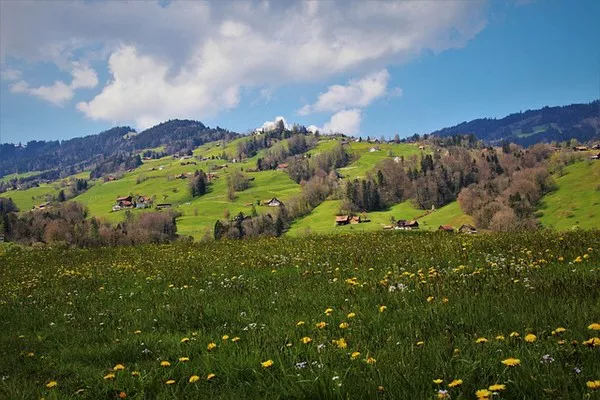The Caatinga, a unique semi-arid shrubland and thorn forest biome in Brazil’s Northeast region, faces alarming consequences due to climate change, according to a study published in the Journal of Ecology. Researchers from various Brazilian institutions, including the State University of Campinas (UNICAMP), the Federal University of Paraíba (UFPB), the Federal University of Pernambuco (UFPE), the Federal University of Viçosa (UFV), and the Federal Institute of Goiás (IFG), compiled extensive data to project the impacts on the region’s plant species and ecosystems.
The study analyzed more than 400,000 occurrence records of approximately 3,000 plant species in the Caatinga, considering factors such as geographic distribution, growth form, climate, and soil. Researchers classified these species into two categories: woody (including trees, shrubs, palms, and woody vines) and non-woody (comprising herbs, herbaceous vines, and succulents).
Using advanced statistical algorithms and artificial intelligence, the researchers generated over a million projections of how plant species in the Caatinga might respond to future climate variations. These projections were based on scenarios outlined in the latest report by the Intergovernmental Panel on Climate Change (IPCC) in 2021. The researchers considered two scenarios: an optimistic one, assuming reduced greenhouse gas emissions and the implementation of the Paris Agreement, and a pessimistic one, where deforestation rates, fossil fuel use, and population growth remain high with no innovation advancements.
The results are sobering. By 2060, 99% of plant assemblages in the Caatinga are predicted to lose species due to increasing aridity and rising temperatures. These environmental changes will lead to reduced vegetation diversity and complexity. Rising temperatures will be particularly detrimental to trees, which will be gradually replaced by shrubs and grasses better adapted to the changing conditions. This shift will also impact critical ecosystem services like photosynthesis, air renewal, and carbon storage in tree leaves, trunks, and roots.
The effects will be most pronounced in mountainous areas like Chapada Diamantina and Chapada do Araripe, where lowland species are expected to migrate to higher elevations as temperatures increase, displacing highland species that may face extinction. In total, the study predicts the potential extinction of 50 plant species under the optimistic scenario and a much more concerning 250 under the pessimistic scenario.
Biotic homogenization, a process where distinct plant communities become increasingly similar, will affect approximately 40% of plant assemblages in the Caatinga due to the loss of rare species. This homogenization threatens the unique biodiversity and composition of the biome.
The researchers hope that these findings will inform long-term conservation plans at various government levels. They emphasize the importance of landscape restoration projects and strategies to mitigate the impacts of climate change and human activities such as deforestation, habitat destruction, soil degradation, and poaching. Such efforts are essential to safeguard the Caatinga’s rich biodiversity and ensure the continued health of its ecosystems in the face of mounting climate challenges.


